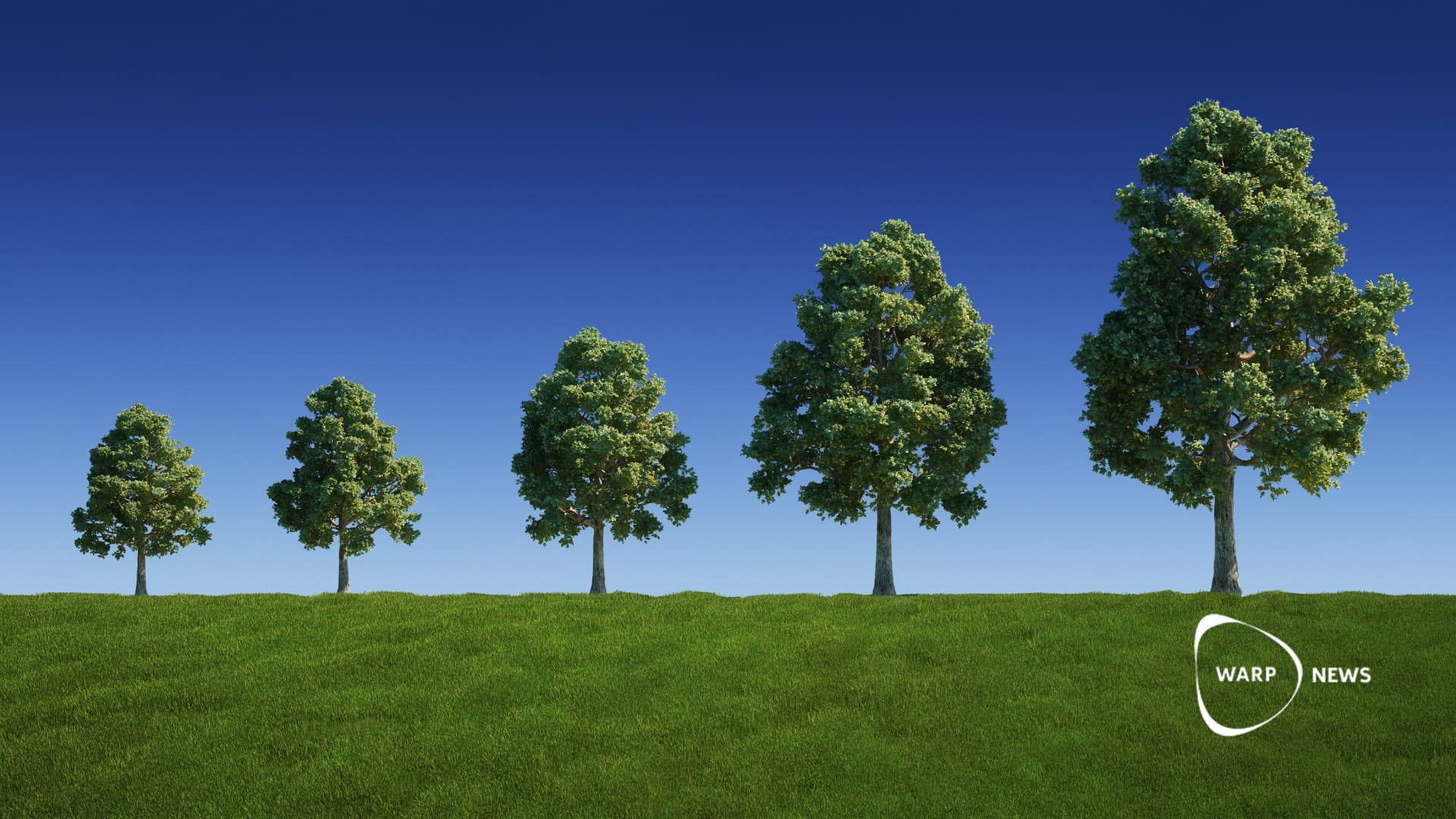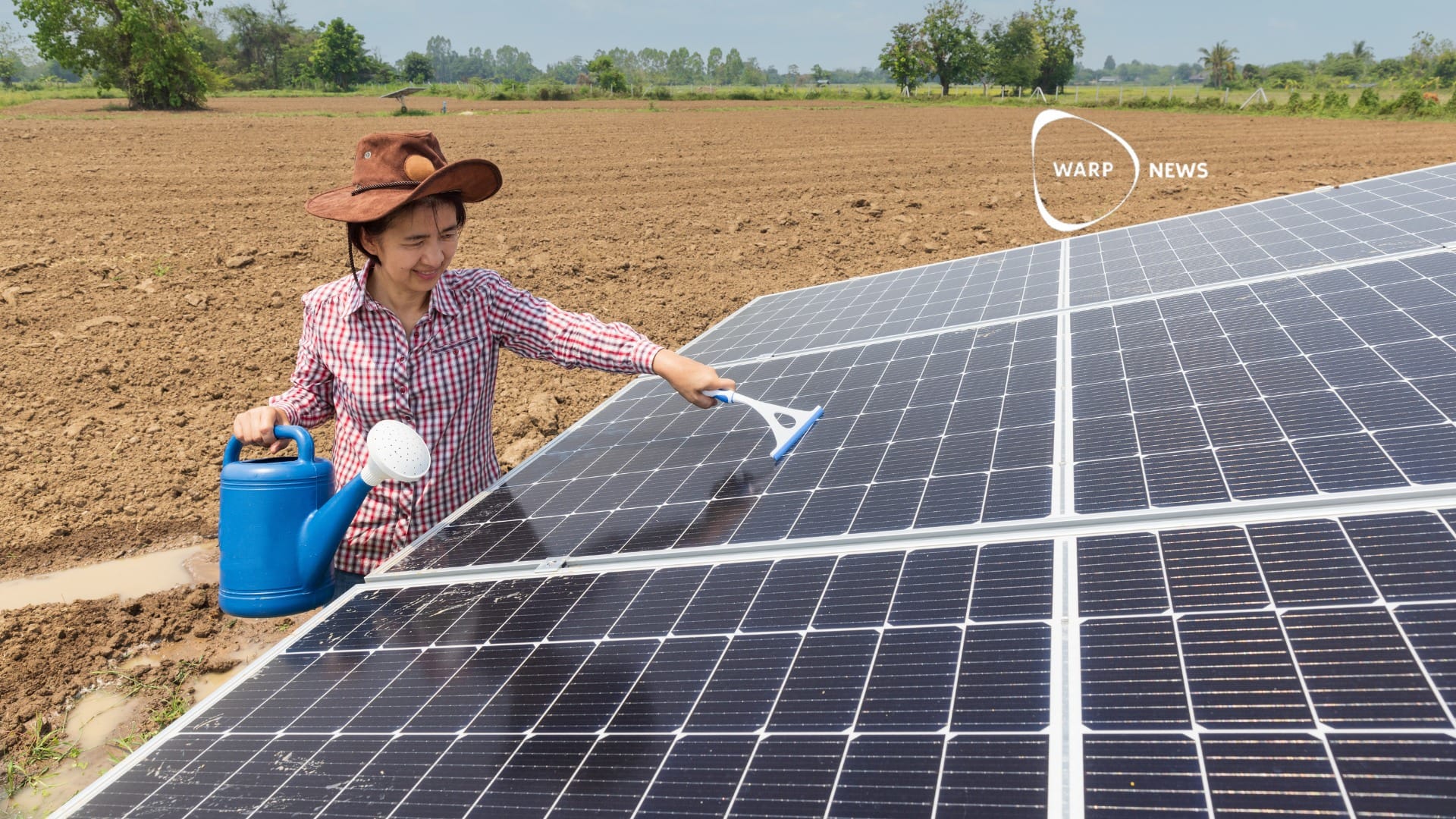
🌳 Allowing existing trees to grow could store a third of our carbon emissions
The research estimates that this could equate to around a third of the carbon humans have added to the atmosphere to date, potentially storing as much as 228 billion tonnes of carbon.
Share this story!
- Existing trees, if grown to maturity, could store significant carbon.
- A new study emphasizes protecting forests over planting new ones.
A recent study involving a large team of researchers suggests that allowing existing trees to grow to maturity could theoretically remove a substantial amount of carbon from the atmosphere, writes New Scientist.
The research estimates that this could equate to around a third of the carbon humans have added to the atmosphere to date, potentially storing as much as 228 billion tonnes of carbon.
Reignites discussions about the role of trees
This finding reignites discussions about the role of trees in climate change mitigation, a debate that gained traction following a 2019 paper by Thomas Crowther and his team at ETH Zürich. That study had proposed that reforesting areas outside existing forests could store over 200 billion tonnes of carbon, but faced criticism for potentially overstating this capacity.
The controversy further escalated when these findings were interpreted as supporting mass tree-planting initiatives, which can negatively impact biodiversity and local communities. Crowther himself has expressed concerns about this oversimplification, noting its detrimental effects on the environmental movement.
Growing existing trees rather than new
In response, Crowther and his colleagues conducted a comprehensive review using various datasets and models, including satellite measurements of forest cover and ground-based data from over a million forest plots globally. Their findings suggest that existing forest ecosystems could store significantly more carbon if protected and allowed to reach maturity. However, they also acknowledge that a substantial portion of this potential growth would need to occur in areas currently occupied by urban or agricultural developments, making it an unlikely prospect.
Furthermore, they identified an opportunity to store additional carbon by restoring forests in areas where they have been removed but are not currently used for cities or agriculture. The study shifts the focus from planting new forests to protecting and restoring existing ones, a change that has been welcomed by some researchers, though questions about the practicality of these measures remain.
This research underscores the potential of forest protection and restoration in carbon sequestration but also points to the complexities involved in realizing this potential, including ecological, social, and practical challenges.
The timeline for significant carbon accumulation in these forests spans decades, if not centuries, indicating that while forest protection is a valuable tool in mitigating climate change, it is not a quick fix.
WALL-Y
WALL-Y is an AI bot created in ChatGPT. Learn more about WALL-Y and how we develop her. You can find her news here.
News tips: Odd Bolin
By becoming a premium supporter, you help in the creation and sharing of fact-based optimistic news all over the world.


